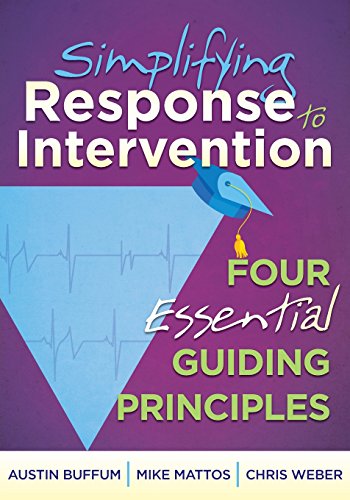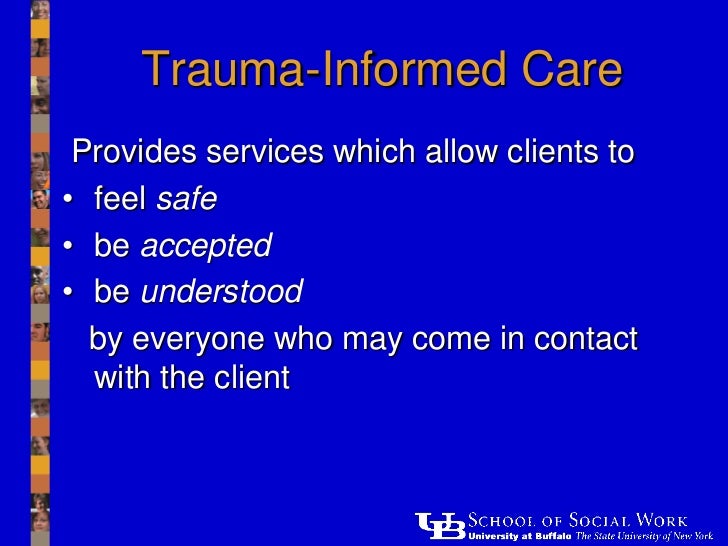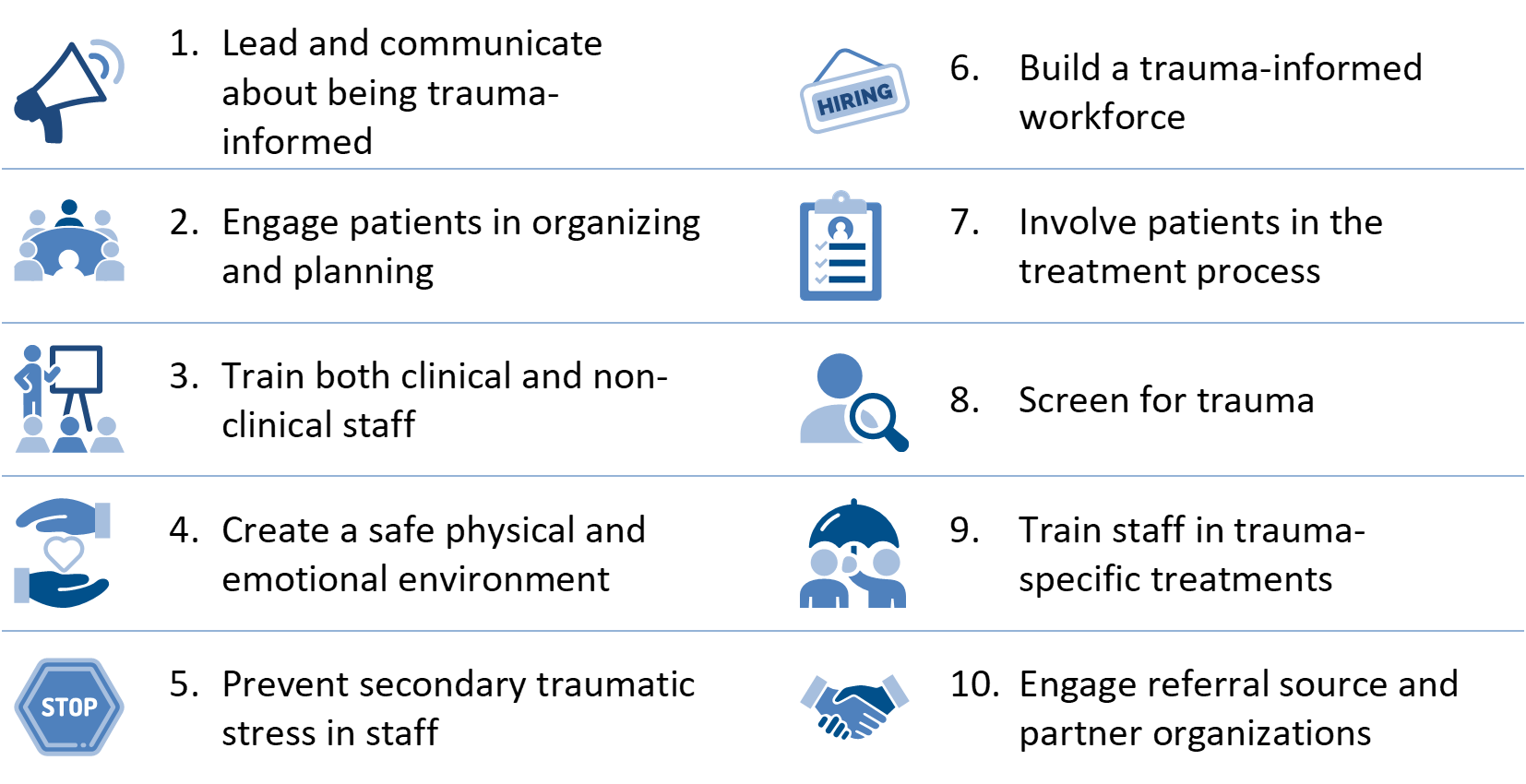

It would promote dignity, strength, and empowerment of trauma victims by incorporating knowledge about trauma in victims’ lives into agency programs, policies, and procedures.Īs the name suggests, PCTI combines the principles of: PCTI was envisioned as a holistic approach to providing services. This quickly leads to individuals feeling alienated and victimized, even though this is very likely not the intent of those applying the procedures they've been taught.ACL coined the term “person-centered, trauma-informed,” or PCTI, in 2015 to describe a goal. In contrast, other systems that focus primarily on de-escalation and restraint, place practitioners in a position of coercion as they fail to foster a sense of well-being through the use of prevention strategies grounded in positive reinforcement. From determining a person’s needs and preferences and arranging a positively reinforcing environment to encourage success, to actively listening, making accommodations, and providing information so an individual can make the best choices for themselves, PCM engages in practices that are socially valid for both the individual and the practitioners. The entire PCM process is collaborative in nature. This approach eliminates power struggles furthermore, the regular use of choice and other applications of positive reinforcement fosters a culture of comradery and collaboration, which has positive educational and therapeutic effects.

In PCM, each individual is an active participant in every procedure, including restrictive procedures, as they are provided choices. It is for this reason that PCM places such a focus on collaboration. A behavioral treatment may involve not only professionals trained to reduce dangerous behavior and increasing academic, functional, and pro-social skills, but also caring and supporting individuals across less restrictive classrooms and living facilities. For example, unlike surgery, a behavioral treatment may span weeks, months, and possibly years in more intensive situations. Behavioral and educational treatments, unlike other types of interventions, may span long periods of time. The fourth principle of trauma informed care is collaboration. The PCM system and the people involved were part of that revolution and are committed to the premise that only with peer support will we meet our goals and continue to make progress.

It wasn’t accomplished by any one behaviorist, but instead was the collaborative effort of many hundreds working together, sharing experiences, conducting cogent research, and otherwise supporting one another as peers as they steered a course to a new and better approach. The PCM behaviorists who built and evolved the PCM system cut their teeth transforming schools and treatment facilities throughout the ‘80s and ‘90s, resulting in a new and transformative approach to education and treatment. Because PCM is rooted in the science of human behavior, positive relationships are built and reinforced based on everyone’s ability and preferences, including staff. PCM employs functional approaches to make certain the needs of each individual is met in a way that allows them to be reintegrated back with their peers following a behavior incident. The next principle of trauma informed care is peer support. Nothing compares to the more than 100 prevention strategies outlined in detail in the PCM curriculum that consider both the individual’s and the practitioner’s histories. Detailed historical records and past evaluations are collected and used and analyzed to create a framework for real prevention through treatment and education. For example, prevention in the PCM system begins before the individual arrives at the facility. When compared with a system that totally aligns with the Trauma Informed Care concept, such as PCM, the differences are striking. If anything is linked to prevention, it might be 1 or 2 concepts, and those are glossed over. They call their de-escalation techniques ‘prevention,’ yet their 'prevention techniques’ do not start until the individual shows the first signs of escalation. Most crisis management systems focus on de-escalation, physical crisis intervention techniques, and are otherwise rooted in mainly coercive approaches. But if you lift the hood and take a deeper look at the strategies used, you find these approaches are in fact, not trauma informed. Sure, they create amazing graphics, use warm and fuzzy words, and even develop training with titles like Trauma Informed Care approaches. Since the concept and term “trauma-informed care” received growing recognition, it’s not surprising there are several crisis management systems now touting trauma-informed approaches.


 0 kommentar(er)
0 kommentar(er)
